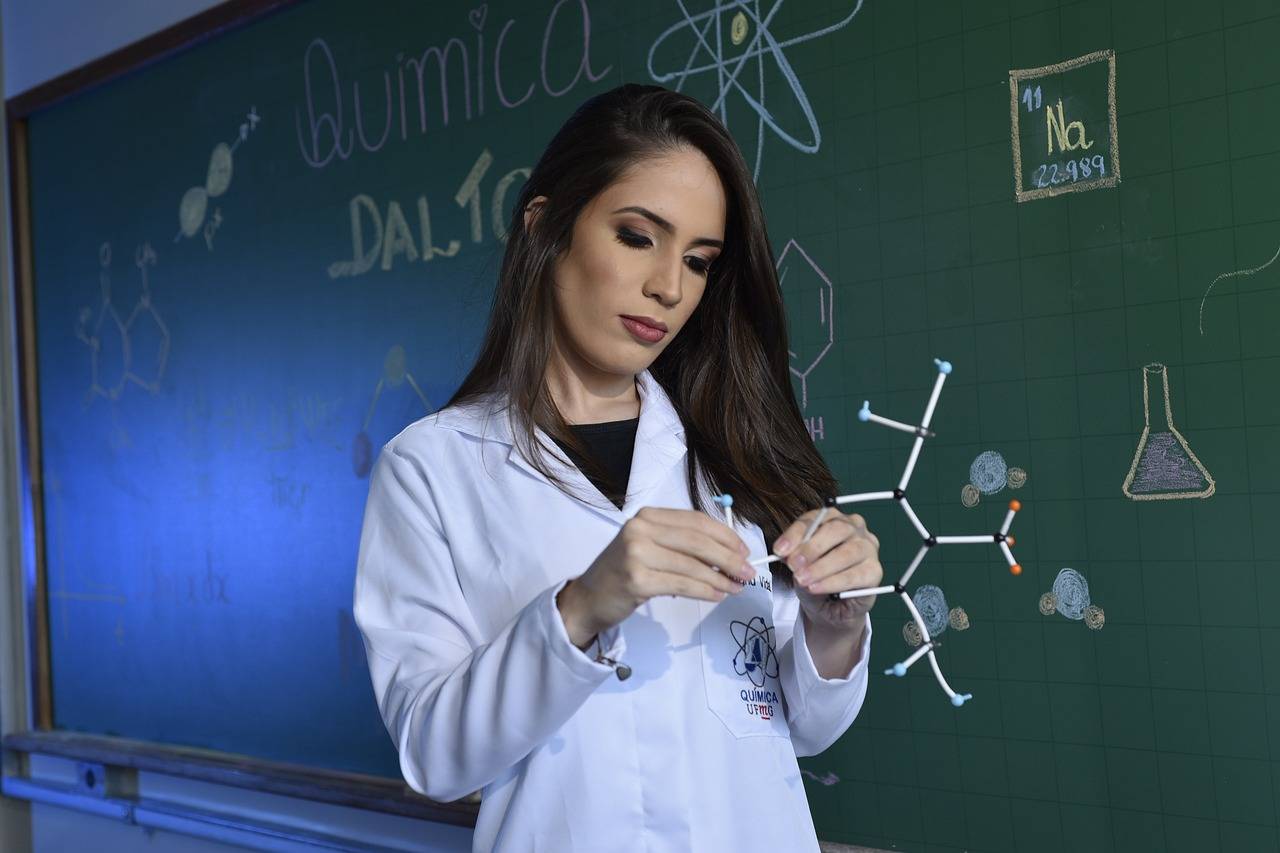Exploring Multisensory Learning in Education
Multisensory learning in education involves engaging multiple senses to enhance the learning experience. By incorporating visual, auditory, tactile, and kinesthetic elements into lessons, students are able to process information more effectively and retain it better. This approach not only caters to different learning styles but also helps students make connections between concepts in a more holistic manner.
When students are exposed to information through various sensory modalities, they are more likely to develop a deeper understanding of the subject matter. For example, pairing visual aids with spoken explanations can reinforce learning by activating both the visual and auditory pathways in the brain. By tapping into different senses simultaneously, educators can create a more dynamic and immersive learning environment that fosters critical thinking and creativity.
Engaging Multiple Senses for Deeper Learning
Incorporating multisensory learning techniques in educational settings is crucial for enhancing students’ learning experience. By engaging multiple senses such as sight, hearing, touch, and even smell, educators can create a more immersive and interactive learning environment. This approach not only caters to different learning styles but also helps students retain information more effectively by providing varied stimuli to their brains.
When students are actively involved in activities that stimulate different senses, they are more likely to be engaged and attentive. For example, incorporating hands-on experiments, visual aids, music, and interactive discussions can help solidify concepts in students’ minds. By tapping into multiple senses, educators can create a more holistic learning experience that nurtures deeper understanding and long-term retention of information.
Why is multisensory learning important in education?
Multisensory learning engages multiple senses, which can lead to deeper understanding and retention of information. It caters to different learning styles and can make learning more enjoyable and engaging for students.
How can teachers incorporate multisensory learning in the classroom?
Teachers can incorporate multisensory learning by using a variety of teaching methods that appeal to different senses. This could include hands-on activities, visual aids, music, movement, and more.
What are some examples of multisensory learning activities?
Examples of multisensory learning activities include using manipulatives like blocks or puzzles, incorporating music or songs into lessons, engaging in hands-on experiments, and using visual aids like diagrams or videos.
How can multisensory learning benefit students with learning disabilities?
Multisensory learning can benefit students with learning disabilities by providing alternative ways for them to process information. By engaging multiple senses, students with learning disabilities may find it easier to understand and retain information.
Are there any downsides to multisensory learning?
While multisensory learning can be highly effective for many students, it may require more time and resources to plan and implement compared to traditional teaching methods. Additionally, some students may not respond as well to certain sensory inputs.





